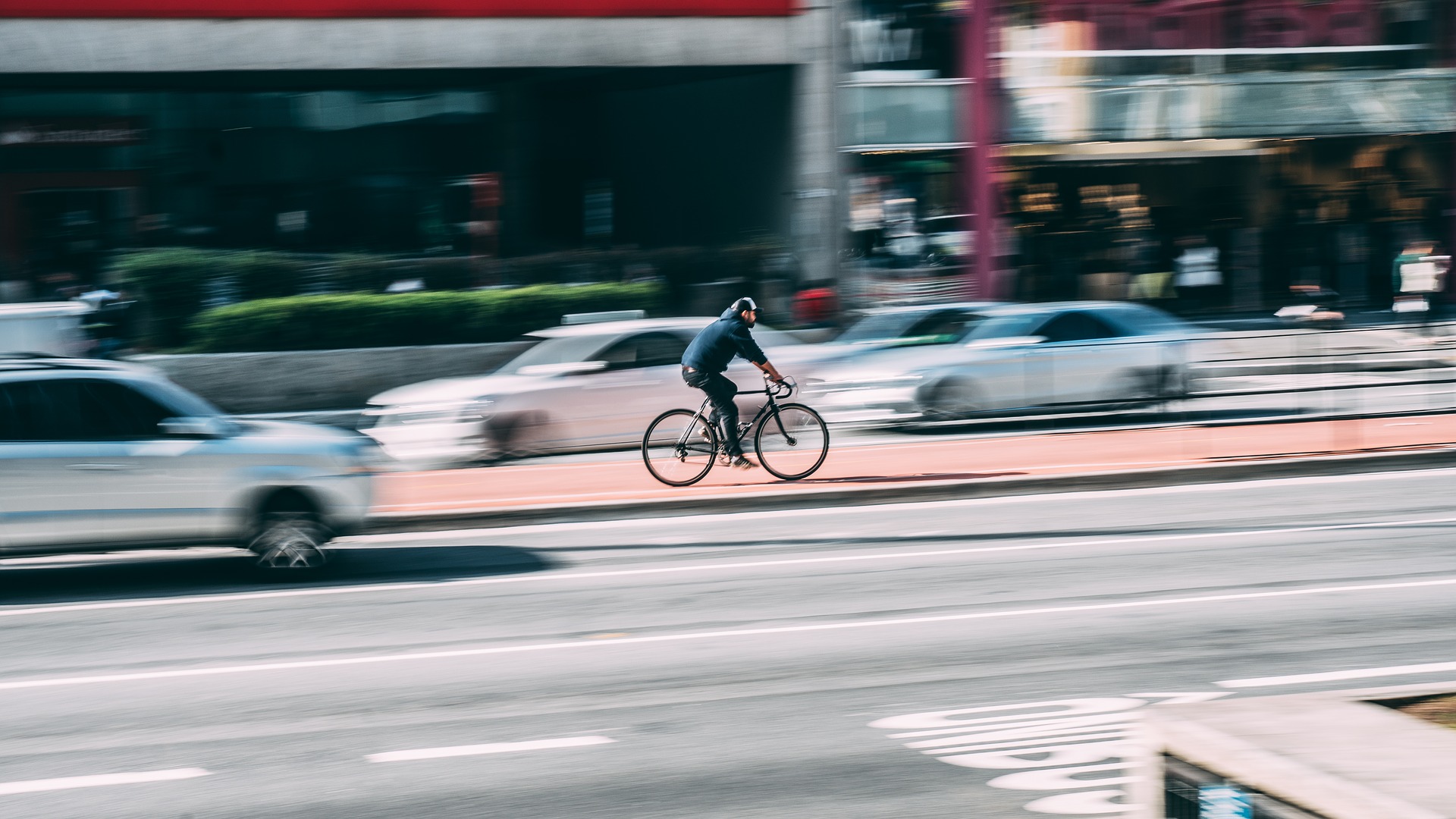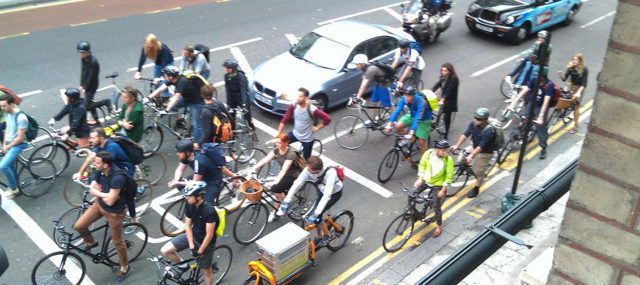
Share the Road: Prioritising Non Motorised Transport in Developing Countries
October 5, 2015 — Blog
People are the heartbeat of every city, and need to be at the centre of its transport and mobility infrastructure. Non-motorised transport has significant health and environmental benefits, helping to reduce pollution levels and promote physical activity. However, when compared to motorised road users, pedestrians and cyclists are particularly vulnerable. Thus, there are strong safety grounds for the design of separate spaces for non-motorised transport. These spaces, in turn, must form part of an integrated mobility system that connects to mass transit options.

In many cities around the world, people report that their pedestrian facilities are poor and they don’t feel safe crossing roads. The FIA Foundation works with the UN Environment Programme (UNEP) to help cities in developing countries to prioritise walking and cycling – we call this initiative ‘Share the Road’.
On average, 37 percent of journeys within cities are non-motorised. In some African cities, over 80 percent of journeys are made on foot. However, infrastructure for pedestrians is often inadequate in developing countries. Over a quarter (27%) of the 1.3 million people who die on the roads each year are pedestrians and cyclists – in Africa it is nearly half (43%). An assessment by the International Roads Assessment Programme (iRAP) in Nairobi found that 95% of roads assessed had high pedestrian flows yet only 20% had pedestrian footpaths.
Sidewalk Conditions and Safety of Sidewalks

Just ten percent of countries in Africa have policies to promote walking and cycling, compared with 64% in Europe. In Kenya, Share the Road’s work with the Kenyan Urban Roads Authority led to a policy change in 2011 which integrated walking and cycling facilities on all new urban road projects in Kenya. Subsequently the Nairobi City County Government has developed a NMT Policy for Nairobi, which was launched in March 2015. After identifying that 70% of the 723 road traffic fatalities in Nairobi in 2014 were pedestrians, the policy proposed a range of measures including lower road speeds, new infrastructure and traffic calming measures, as well as awareness raising activity, enforcement and financial commitments. These measures highlight the aim to ‘create a system focused on people rather than vehicles’. Mexico City, which introduced a Mobility Law in 2014, is another city which has prioritized this. The law introduces a mobility hierarchy, with pedestrians at the top, followed by cyclists and then mass public transit, with private motorised vehicles last.
Nairobi’s NMT policy commits 20% of existing and future transport budget be allocated to walking, cycling and public transport infrastructure and services. However, other cities go further. Chennai in India has recently mandated that a minimum of 60% of the Corporation’s transport budget be allocated to construct and maintain NMT infrastructure. This is in line with its ambitious goals to achieve continuous footpaths on at least 80% of all streets.
Strong leadership is also an important catalyst in promoting walking and cycling. In cities such as Bogota, New York and London the high profile support of Mayors has been vital in transforming infrastructure for cycling and walking. Additionally, pilot projects can be great way of demonstrating possible innovations. Working closely with government authorities, Share the Road implemented a ‘demonstration project’ on UN Avenue in Nairobi which showcased what safe walking and cycling infrastructure looks like.
Initiatives such as the Vélib’ in Paris have spread to over 700 cities in 50 countries, yet so far none of these have been in Africa. Recently, UN Habitat launched a bicycle sharing demonstration project which introduced the concept in African cities[1]. Used in conjunction with other innovations in technology such as smartphone apps to display available docking stations and mapping software to help cyclists plan safer routes, these initiatives can have a significant impact on the mobility habits of city dwellers.
As the number of people living in cities grows in the next decade, there is an urgent need to ensure that the transport and mobility infrastructure is fit for purpose. The new Sustainable Development Goals, agreed by the United Nations General Assembly in September 2015 include targets on cities which call for “safe, affordable, accessible and sustainable transport systems for all”. Putting people first by supporting walking and cycling will help create liveable and sustainable cities. Making this a political priority, backed up by comprehensive policies, finance and innovation is key.
1. http://unhabitat.org/un-habitat-launches-the-bicycle-sharing-concept-in-africa/